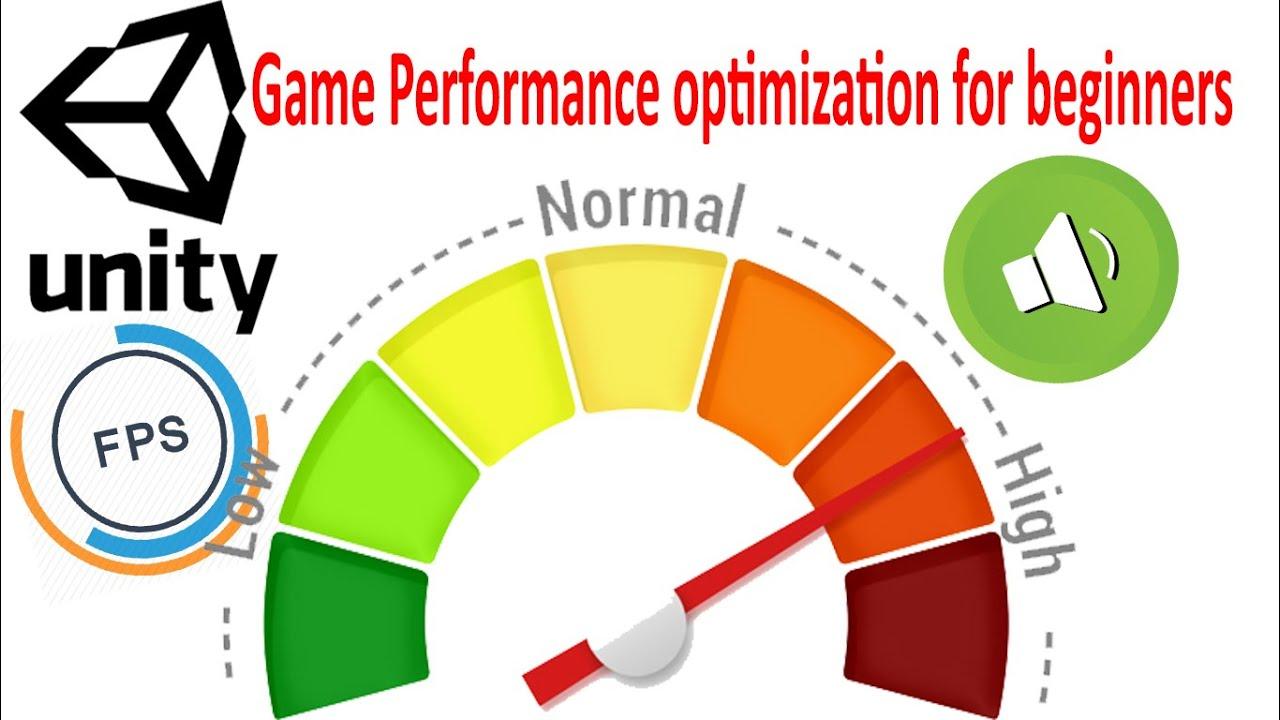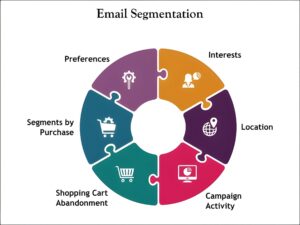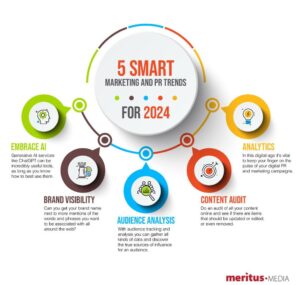Best Practices for Optimizing Game Performance
In the competitive world of game development, ensuring your game runs smoothly on a wide range of devices is paramount. Optimizing game performance not only enhances user experience but also boosts your game’s reputation, retention, and overall success. Whether you’re an indie developer or part of a large studio, applying effective optimization techniques can make a significant difference.
Why Optimizing Game Performance Matters
Performance optimization impacts many aspects of the gaming experience, including load times, frame rates, stability, and responsiveness. Poorly optimized games can lead to frustration, negative reviews, and ultimately the loss of players.
- Improves Frame Rates (FPS): Higher FPS means smoother gameplay.
- Reduces Load Times: Keeps players engaged with faster transitions.
- Prevents Crashes and Bugs: Stable games retain players longer.
- Enables Compatibility: Optimized games run well on various hardware.
Core Best Practices for Optimizing Game Performance
1. Efficient Asset Management
Game assets such as textures, models, and audio files can consume significant resources. Proper asset management is crucial to optimization.
- Compress Textures: Use optimized formats like DDS, ASTC, or WebP to reduce size without visible quality loss.
- Level of Detail (LOD): Implement LOD models that decrease polygon count for distant objects.
- Texture Atlasing: Combine multiple small textures into a single one to reduce draw calls.
- Audio Compression: Use compressed audio formats such as OGG or MP3.
2. Optimize Code and Algorithms
Efficient coding is fundamental to maximizing game performance.
- Profile Your Game: Use profiling tools to identify bottlenecks in CPU/GPU usage.
- Avoid Expensive Calculations: Cache results, minimize physics or AI calculations per frame.
- Use Object Pooling: Reuse game objects instead of creating/destroying them frequently.
- Minimize Garbage Collection: Manage memory with care to avoid frequent GC pauses.
3. Rendering and Graphics Optimization
Rendering consumes the bulk of resources; optimizing it brings noticeable improvements.
- Bake Lighting: Precompute lighting where possible instead of using real-time lighting.
- Cull Unnecessary Objects: Use frustum and occlusion culling to avoid rendering objects not currently visible.
- Optimize Shaders: Simplify shaders and avoid overuse of expensive effects.
- Limit Draw Calls: Batch rendering to reduce GPU workload.
4. Optimize Physics and AI Systems
Physics simulations and AI behavior can quickly consume resources if not optimized.
- Reduce Physics Precision: Use simpler collision shapes and fewer physics updates per second where possible.
- Spatial Partitioning: Implement spatial data structures like grids or quad-trees to limit physics and AI calculations to nearby objects.
- LOD on AI: Simplify NPC behaviors when off-screen or far from the player.
5. Load Time and Memory Management
How your game loads assets and manages memory impacts perceived performance and stability.
- Asynchronous Loading: Load assets in the background to prevent frame drops.
- Use Streaming for Large Worlds: Dynamically load/unload parts of the game world.
- Optimize Memory Usage: Release unused assets and avoid memory leaks.
Benefits of Implementing These Optimization Practices
| Benefit | Description |
|---|---|
| Improved User Experience | Smoother controls and visuals lead to higher player satisfaction. |
| Broader Device Compatibility | Games run well on both high-end and low-end hardware. |
| Higher Retention Rates | Optimized games keep players engaged longer. |
| Better Reviews and Ratings | Performance boosts mean fewer complaints and positive feedback. |
| Reduced Development Costs | Early optimization prevents major reworks later in development. |
Practical Tips for Game Developers
- Use Profiling Tools Regularly: Profiles from tools like Unity Profiler, Unreal Engine Profiler, or RenderDoc pinpoint performance issues early.
- Test on Target Devices: Always test on the lowest-end devices you target to ensure acceptable performance.
- Iterative Optimization: Optimize regularly throughout development, not just before release.
- Leverage Community Plugins & Tools: Use available assets/plugins focused on optimization.
- Stay Updated: Keep your development environment and libraries up to date for performance improvements.
Case Study: Successful Optimization in a Mobile Game
Game: Epic Quest (fictional example)
Challenge: The initial version experienced long load times and frequent frame drops on mid-range smartphones.
Strategy: The developers implemented texture atlasing, reduced physics calculations using spatial partitioning, and optimized shaders by removing expensive lighting effects.
Outcome: Load times were reduced by 40%, and average FPS increased from 25 to 45 on target devices, leading to a 20% increase in player retention and overwhelmingly positive user reviews.
Firsthand Experience: Common Pitfalls & How to Avoid Them
During the development of an indie title I worked on, we initially ignored asset compression and object pooling. This led to frequent stutters during gameplay and inflated APK size. By focusing on compressing textures and implementing object pooling, not only did performance increase significantly, but the overall player experience improved, highlighting that early adoption of optimization best practices saves time and headache.
Conclusion
Optimizing game performance is a multifaceted process that requires attention to detail in asset management, coding, rendering, physics, and resource loading. By integrating these best practices into your development workflow, you ensure a polished and enjoyable gaming experience across devices. Remember, optimization is an ongoing effort-regular testing, profiling, and fine-tuning are key to delivering games that players love.
Start implementing these optimization techniques today to make your games faster, smoother, and more engaging!









